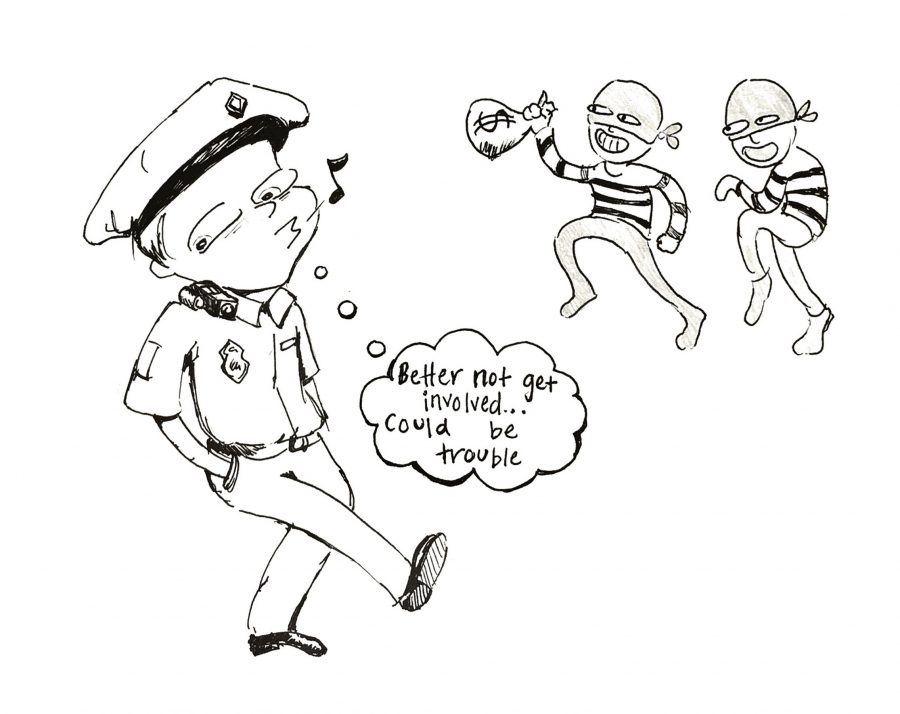Cameras Cannot Cure All
June 4, 2015
Following incidents in Ferguson and Baltimore, many Americans see the use of body cameras for officers as the solution to police brutality. But the solution is not quite so simple.
It would be hard to find a student at RHS who doesn’t have an opinion on these issues. The Baltimore riots over the death of Freddie Gray, who died under police supervision, were a source of controversy at RHS. Also pulling the issue close to home was that 50 Montgomery County police officers responded to the riots in Baltimore.
On May 13, the Montgomery County Council approved a pilot program which will equip 100 police officers with body cameras to test out the new technology and hopefully avoid tragedies such as the deaths of Gray and Michael Brown.
Montgomery County will spend a total of $622,379 for the equipment, data storage and jobs involved with the pilot program.
With so many incidents regarding inappropriate police behavior, body cameras seem like a good technique for keeping an eye on police activity. If something goes wrong, there is a way to properly enforce the guilty. But will body cameras solve the whole problem of police violence?
It does seem like a fairly reasonable idea since body cameras promote accountability rather than prevention. Body cameras may have prevented the incident in Ferguson from turning into a huge controversial dispute, since there would be direct footage of what actually happened to settle any disparities. Montgomery County’s pilot program could avoid similar problems.
But there are several problems related to these cameras. Like all technology, it doesn’t always work. Batteries die, cameras get turned off and vision can be obstructed.
Another issue is the vastness of Montgomery County. With only 100 officers wearing cameras and over a million people in Montgomery County, the odds are low that one of these cameras would catch something scandalous that required the cameras to settle a dispute.
But the biggest potential problem is that police officers, now under constant supervision, may be reluctant to involve themselves in certain situations which could spiral out of their control. When the police force is constantly being criticized and subjected to different protocols, they may be less inclined to get involved in especially challenging incidents.
Instead of focusing on body cameras, which is a highly problematic “solution,” there should be more effort to adjust the system itself. Police officers should instead be required to take sensitivity training, with a strong focus on racial profiling to ease the tension between law enforcement and people of color.
It is important to realize, however, that the police department is taking an important step with this pilot program. They responded to the public not only in Montgomery County but all across the country to avoid disputes involving police activity.
This pilot program may very well be an excellent solution to settling police-related controversies, but it cannot operate in isolation.




